"Is this the world's largest smartphone camera?"
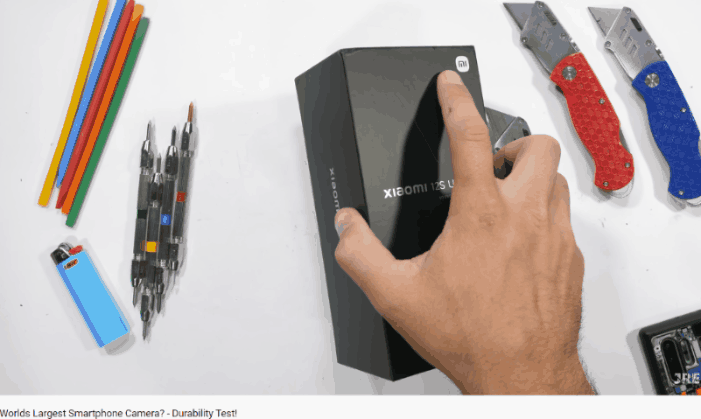
That's the title of JerryRigEverything, the famous ruined machine blogger on YouTube, for the Xiaomi 12S Ultra teardown video.
Similar to the official hype for the Xiaomi 12S Ultra, both JerryRigEverything and other similar bloggers will focus on the built-in 1-inch sensor.
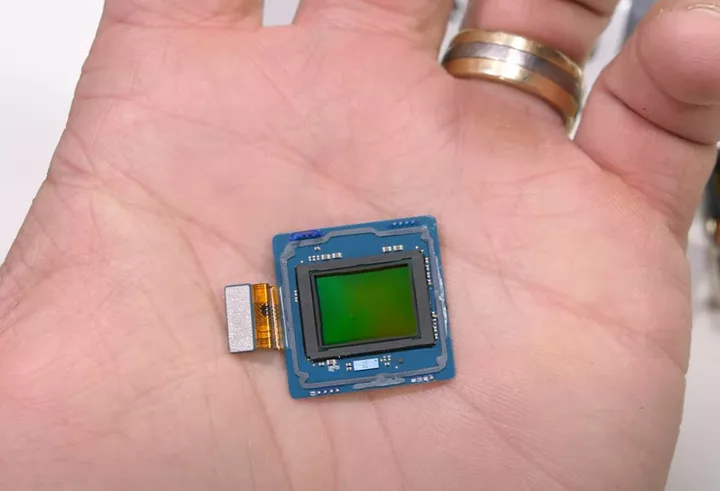
After a quick routine, Jerry went straight to the point and carefully measured the true size of the so-called one-inch sensor with a vernier caliper.
The results blew his mind.
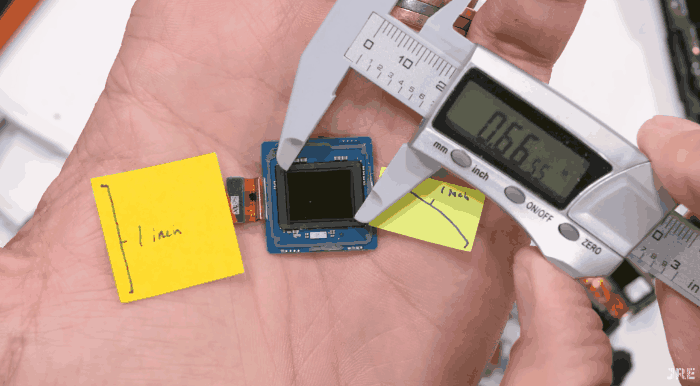
The sensor is not "one inch" by any measure, it is about 0.54 inches (13.7mm) long and only 0.66 inches (16.7mm) diagonally.
An inch of mystery
The imaging capabilities of smartphones are becoming more and more important and have become almost a major battleground for manufacturers to wrestle with.
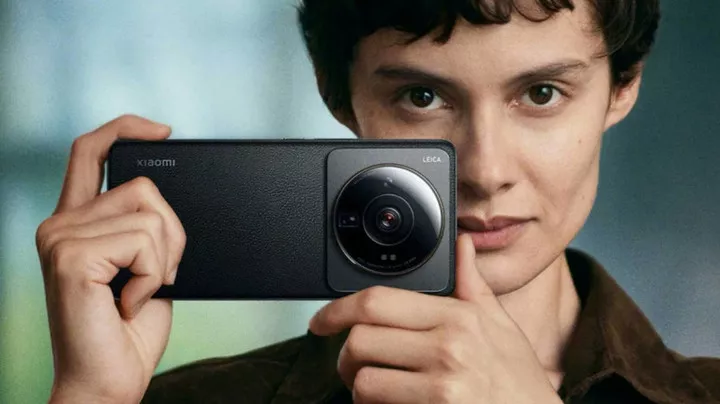
Similar to the traditional camera field, whether a camera is powerful or not has no small correlation with the sensor size. Although we are now in the era of 'computational photography', there is still no substitute for the advantage of a large sensor with a low signal-to-noise ratio.
From the early days of 1/3.6" all the way to today's 1", it's only been a few years, and moving images have done well.
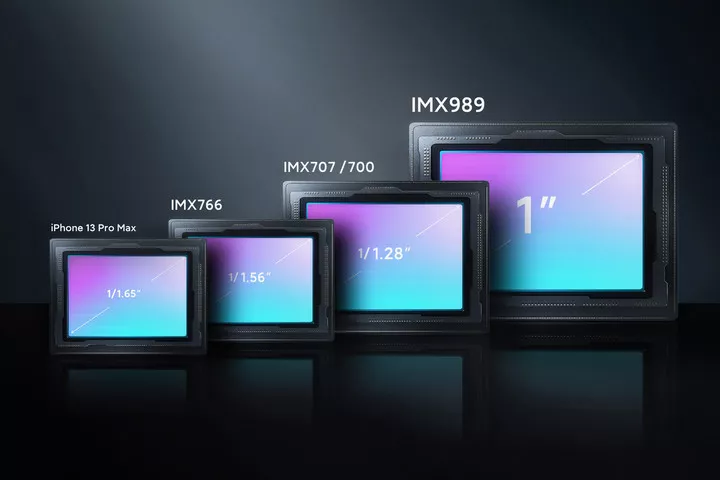
▲ The dimensions of the sensor in the picture are incorrectly marked!
Also just last year, many products have touched the one-inch ceiling for image sensor size.
However, for the sake of the one-inch publicity 'gimmick', the products were not imaged perfectly using the full size of one inch, but only a portion of its center was re-imaged, which caused considerable discussion.
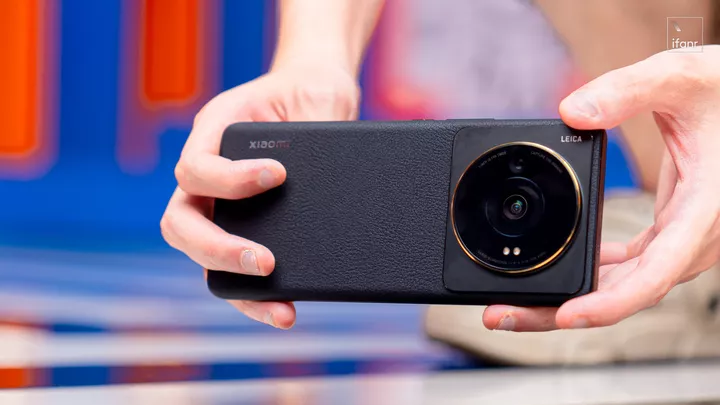
And subsequent to that, approval and skepticism came pouring in when the Xiaomi 12S Ultra also used 'one inch' as its image selling point.
Even if Sony does the backing, or starts with the picture size, it's still not as intuitive as a teardown. But Jerry's teardown doesn't directly prove that 'one inch' is really one inch.
Instead, the diagonal length of the sensor is only 66% of an inch.
This inch is not an inch
An "inch" translates to about 25.4mm in metric units, and in other areas, such as TVs and monitors, it mostly refers to the length of the diagonal of the screen.
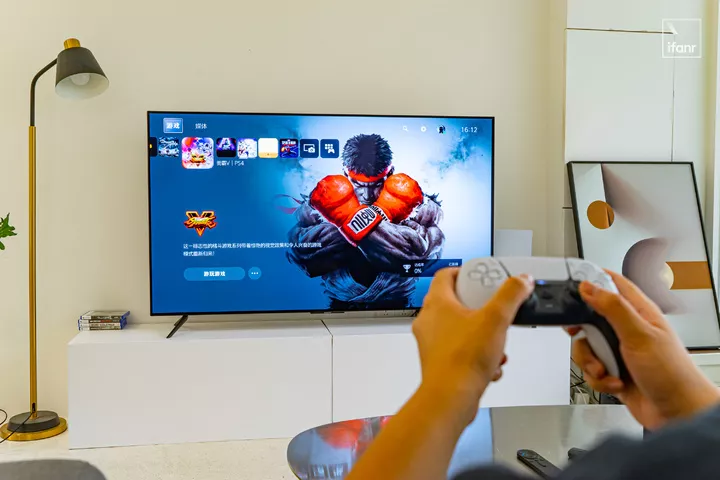
By this inertia of thinking, an inch on the sensor should also refer to the diagonal length, which is what Jerry does in the video.
In fact, the term 'one inch' or the size has no 'constraint' in relation to the size of the sensor (CMOS), rather it is more of a historical legacy.

Imaging has developed for quite a long time, the early recording medium was film and some other chemically sensitive materials, and after entering the 21st century, a series of electronic devices such as electronic camera tubes, CCDs and CMOS replaced film, and the camera worked in the way we know it now.
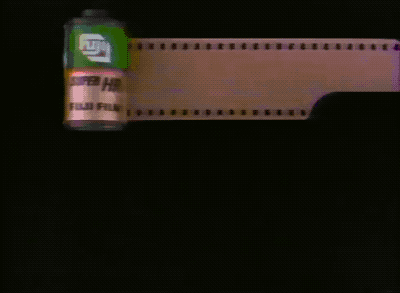
In the film era, film sizes were not as plentiful as today's electronic sensors, and 35mm (36mm x 24mm) film and Olympus half-frames (a film divided in two) were common.
With the transition to the electronic age, subdivision sizes first appeared in the 1950s in the camera tube imaging era.
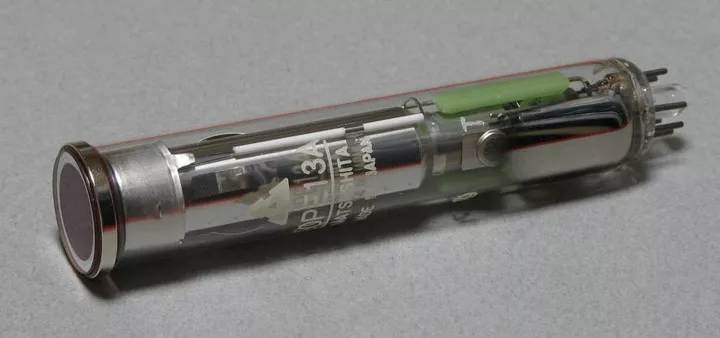
▲ Camera tube Image from: wiki
The 1/1.8 and 2/3 inch dimensions are, to be exact, the diameter of the glass housing of the camera tube.
The actual circular imaging area is also only 60-70% due to the thickness of the glass tube originally.
As silicon processes improved, CCD and CMOS square sensors emerged, gradually replacing camera tubes.
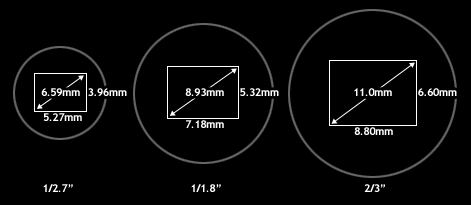
▲ Camera tube diameter vs. square CMOS area Image from: dpreview
Even though there is no strict mathematical relationship between the area of a square sensor (diagonal) and the diameter of the camera tube (about two-thirds), perhaps due to convention, perhaps for lack of a better standard, the CMOS dimensions ended up following the 1/1.8, 2/3 inch of the camera tube era.
There is no finite mathematical relationship and no such thing as a standard, and there are subtle differences in the true size of the square CMOS in what is collectively referred to in modern times as a 'one inch' sensor.
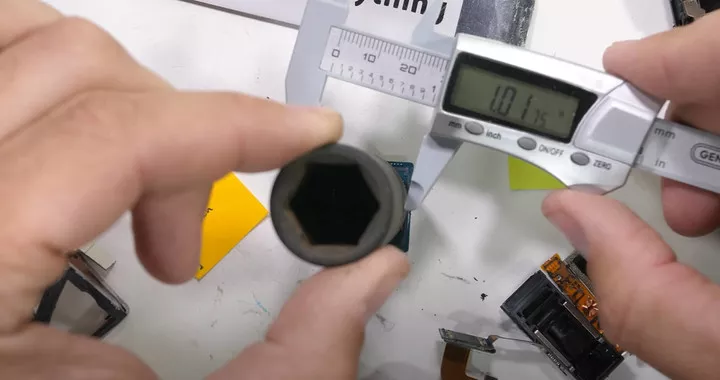
▲ Jerry put a tube over it, just "an inch", and it all makes sense
The Sony RX100 series black card camera, which is a one-inch representative, has a solid sensor size of 13.2mm x 8.8mm, with a diagonal length of 15.86mm and an area of 116.16mm².
The Xiaomi 12S Ultra, on the other hand, is 13.1mm x 9.8mm, with a diagonal length of 15.9mm and an area of 128.38mm².
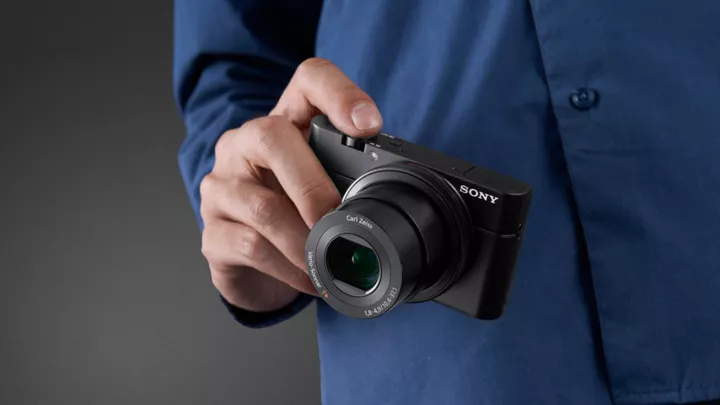
As a comparison, the Evergreen IMX766, officially labeled 1/1.56" (16.28mm), has an imaging area of 8.16mm x 6.1mm, with a real diagonal length of 10.2mm and an area of 50.1mm².
In this case, the Xiaomi 12S Ultra camera is slightly better than Sony's RX100 series cameras in terms of image area and better than the IMX766, so the "world's largest smartphone camera" designation stands.
It's time to set a new standard
A one-inch sensor is not an inch, previously limited to small circles like cameras, which originally had a certain threshold that could also be classified as 'common sense imaging'.
But with the development of smartphone images, these small circles of 'common sense' are instead easily misunderstood.
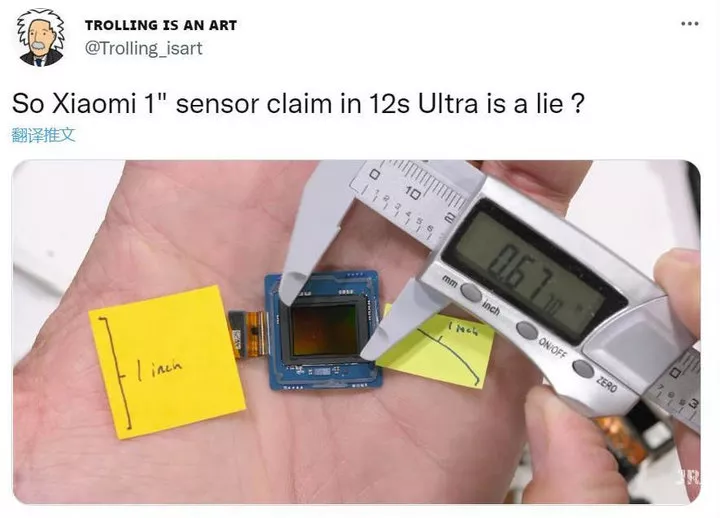
▲ True Lies
To this day, there are still people who, after watching Jerry's video, think the 'one inch' of the Xiaomi 12S Ultra is nothing more than a marketing term.
Similarly, as smaller devices such as drones and smartphones become more common, dpreview has once again launched an initiative on the adoption of new labeling standards for sensor dimensions misleading).
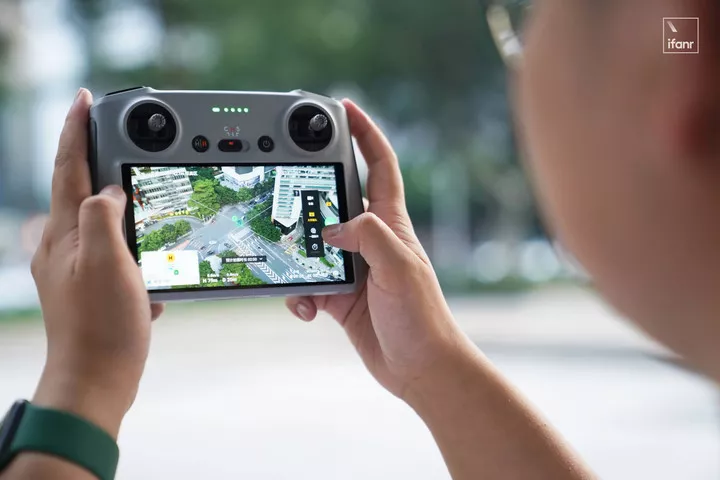
In fact, back in 2002, when CCDs began to replace camera tube imaging, dpreview clarified that the actual size of a square sensor was not very relevant to conventional labeling.
Unlike the 'clarifications' of 20 years ago, this dpreview gives two options to reduce confusion and misinformation.
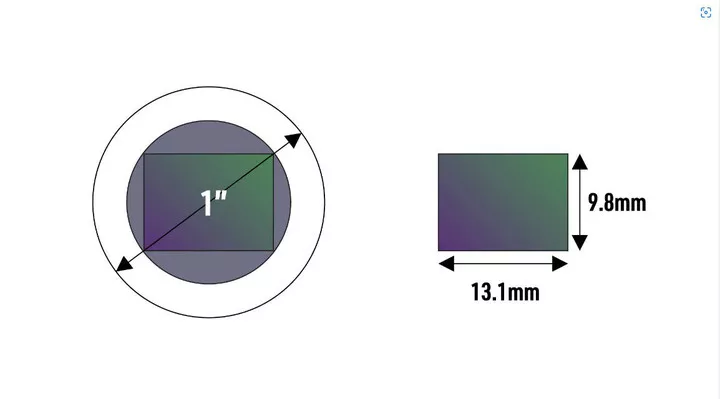
▲ True size of CMOS in traditional one-inch size Image from: dpreview
They have teamed up with many imaging technology websites, publishers, and many YouTube channels to write "one-inch" sensors as Type 1, and 1/1.56 inches for the IMX766 as Type 1/1.56.
The M43, APS-C, full-frame, etc., which already have fixed standards, remain in place and will not change with them.
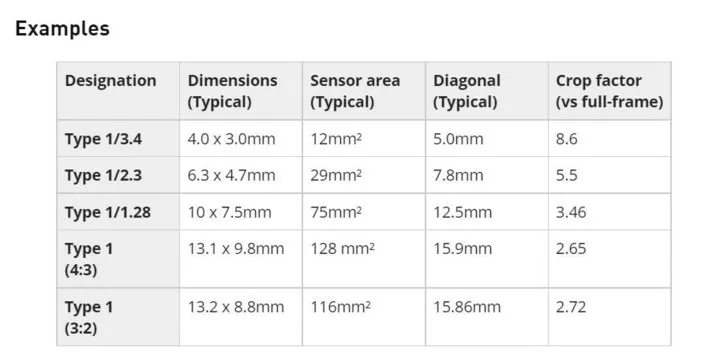
In fact, the Type 1 labeling method has long been available within Sony Semiconductor, and dpreview is pushing the envelope to promote it and call on terminal manufacturers to adopt it as well.
Also, since Type 1 omits dimensional information, dpreview is also initiating a reader survey on whether to append specific dimensions to Type 1 as markers.
and that the true imaging area of the sensor has a considerable impact on image quality, and that direct labeling conveys the most intuitive differences.
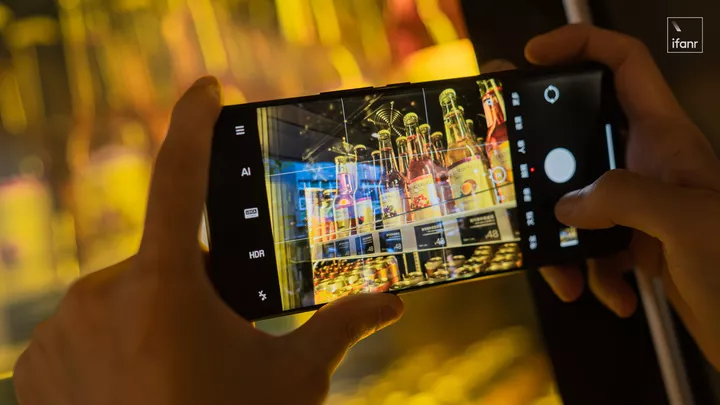
Such clear and unambiguous labeling completely gets rid of the legacy of image development, as well as avoiding confusion of concepts.
Standards are not established overnight, but more like a process that involves upstream sensor manufacturers, to end manufacturers, to the way products are advertised, to all aspects of consumer perception.
But proven and reliable standards do present true information about the specifications, rather than playing the 'common sense' rubric and obscuring some information.